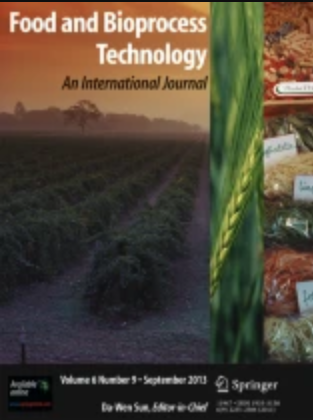Bioactive Fucoidan-Based Three-Component Colloidal Particles for Food Safety
Abstract
Food biopreservation is attracting attention because of consumer demand for safe food without chemical additives. The bacteriocin nisin is used for this purpose. However, as a peptide, it is susceptible to proteolysis and interaction with the food matrix. Nisin is active against Gram-positive bacteria, but not against yeasts and filamentous fungi. The aim of the study was to co-encapsulate nisin with the yeast killer toxin K2 using the algal polysaccharide and to demonstrate the efficacy and synergistic activity of a new antimicrobial agent in a real food system. Three-component colloidal particles were prepared at pH 4.0 and 5.0. Spectroscopic analysis showed that not only electrostatic interactions but also hydrogen bonding are important for the interaction of the particle components. As shown by release experiments, hydrophobic interactions are also important for the self-assembly of the components. In addition, particle formation was demonstrated by thermogravimetric and differential scanning calorimetric analysis. They were stable when stored at 4 °C for four weeks. There were no changes in particle hydrodynamic diameter and zeta-potential. Co-encapsulation of the K2 protein with nisin significantly increased the stability of the K2. A new product had not only antibacterial but also antifungal activity. Its efficacy was demonstrated in green grape juice. The particles were active against Saccharomyces cerevisiae and Staphylococcus aureus, resulting in a 1.2 log and 1 log reduction in cells respectively. Co-encapsulation of two antimicrobial agents with different antimicrobial activities will increase the efficacy of natural biopreservatives and expand their possibilities.


 求助内容:
求助内容: 应助结果提醒方式:
应助结果提醒方式:


